Efficiently loading a container onto a truck is a critical process in the logistics and transportation industry. At CarMax Vehicle, we understand the complexities involved and strive to provide you with the most effective strategies to ensure your cargo is transported safely and securely. This guide delves into the step-by-step procedures, best practices, and essential considerations to optimize your container loading process.
Table of Contents
- Understanding Container Types and Truck Compatibility
- Preparation Before Loading
- Step-by-Step Loading Process
- Safety Measures and Best Practices
- Common Challenges and Solutions
- Utilizing CarMax Vehicle’s Trailers for Optimal Loading
- Frequently Asked Questions
Understanding Container Types and Truck Compatibility
Before embarking on the loading process, it’s imperative to comprehend the various container types and their compatibility with different truck models. Containers come in standardized sizes, such as 20ft and 40ft, each designed to cater to specific cargo volumes and types. Ensuring that your chosen container aligns with your truck’s specifications is crucial for maintaining balance, maximizing space, and adhering to transportation regulations.
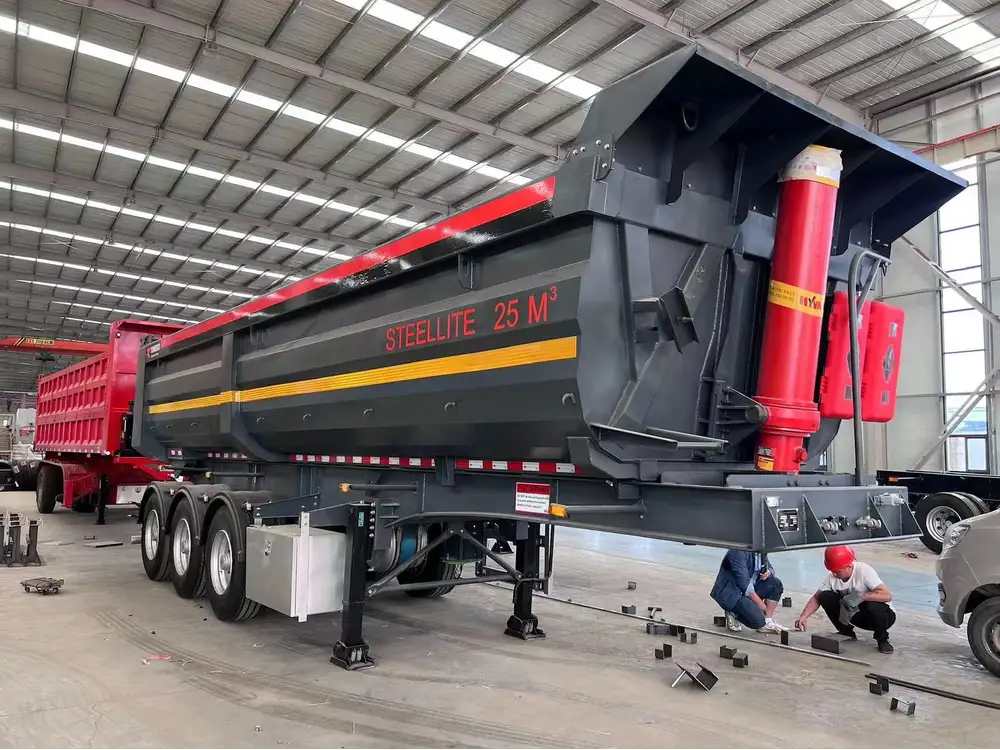
Key Container Types
| Container Type | Length | Common Use |
|---|---|---|
| Standard | 20ft | General cargo |
| Standard | 40ft | Larger shipments or multiple items |
| High Cube | 40ft | Increased height for bulky items |
| Refrigerated | Varies | Temperature-sensitive goods |
| Open Top | Varies | Oversized or irregularly shaped items |
Choosing the right container type not only influences loading efficiency but also impacts the overall safety of the transportation process.
Preparation Before Loading
Successful container loading begins long before the actual placement of goods onto the truck. Proper preparation ensures a streamlined process, minimizes risks, and enhances cargo security.
Inspecting the Container
Prior to loading, conduct a thorough inspection of the container to identify any damage, such as dents, rust, or structural weaknesses. Ensure that all doors, locks, and seals are functioning correctly to prevent unauthorized access and protect the cargo from environmental factors.
Checklist for Container Inspection:
- Structural integrity (walls, ceiling, floor)
- Functionality of doors and locks
- Cleanliness and absence of debris
- Proper signage and identification
- Flooring condition (ensure it is suitable for the cargo type)
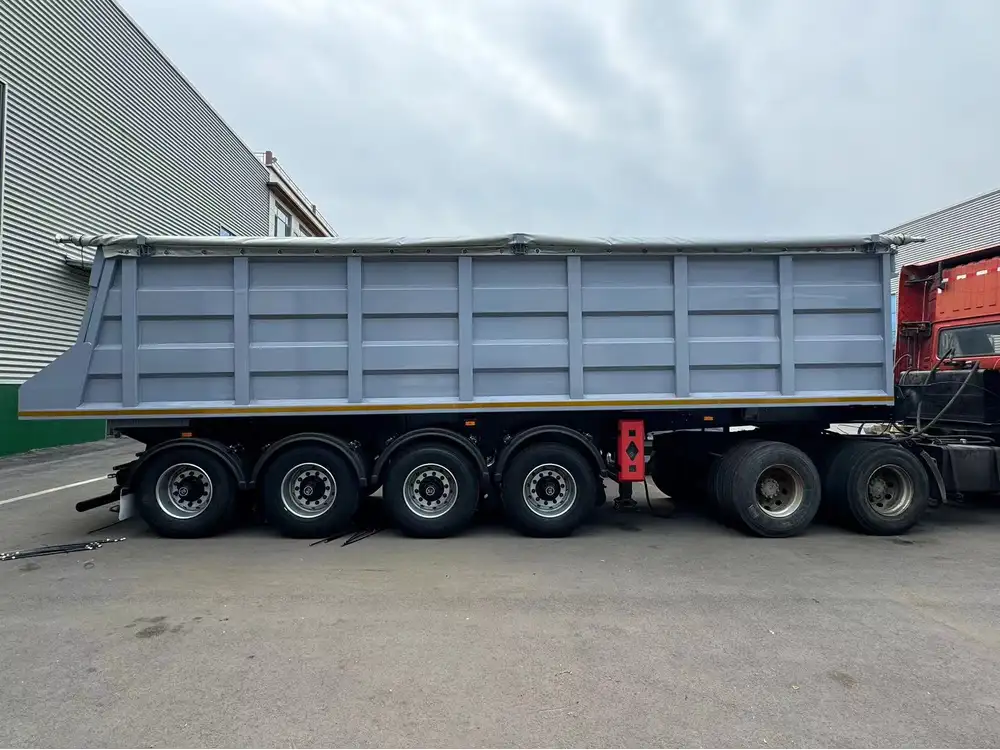
Planning the Load
A well-thought-out loading plan is essential for optimizing space utilization and maintaining cargo stability. Consider the weight distribution, size, and nature of the goods to determine the most effective arrangement within the container.
Load Planning Steps:
- Inventory Assessment: Catalog all items to be loaded, noting dimensions and weight.
- Weight Distribution: Place heavier items at the bottom and forward sections to lower the center of gravity.
- Space Optimization: Utilize vertical space by stacking compatible items, ensuring accessibility and stability.
- Securing Points: Identify anchor points for straps, ropes, or other securing devices.
Step-by-Step Loading Process
Executing a systematic loading process enhances efficiency and reduces the likelihood of errors or accidents. Follow these steps to ensure a smooth and secure loading operation.
Positioning the Truck and Container
Begin by positioning the truck at the designated loading area, ensuring it is on stable and level ground. Align the container loader with the truck’s cargo area, verifying that the container is level and properly supported before initiating the loading process.
Tips for Positioning:
- Use wheel chocks to prevent truck movement.
- Ensure the loader is compatible with the container dimensions.
- Check for any obstructions around the loading area.
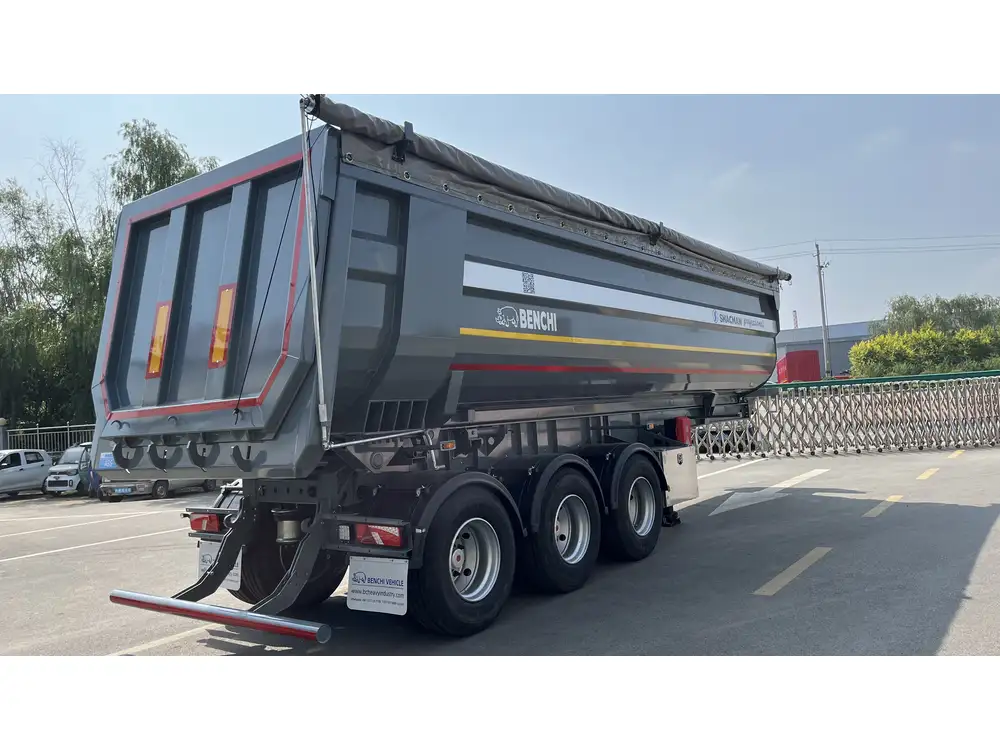
Securing the Container
Once the container is in position, secure it firmly to the truck to prevent shifting during transit. Utilize the truck’s built-in locking mechanisms and additional tie-downs as necessary.
Securing Steps:
- Engage the Truck’s Locking System: Ensure that the container is locked into the truck’s cargo area.
- Use Tie-Down Straps: Apply straps across multiple points to anchor the container.
- Double-Check Stability: Gently push on the container to confirm it remains stationary.
Loading the Cargo
With the container secured, begin loading your cargo systematically. Start by placing the heaviest items first, distributing weight evenly across the container’s floor.
Loading Tips:
- Use forklifts or pallet jacks for efficient movement of heavy goods.
- Avoid overloading by adhering to the container’s weight limits.
- Maintain clear aisles for easy access to all sections of the container.
Securing the Cargo
After loading, secure each item to prevent movement during transit. Use appropriate securing methods such as straps, ropes, or bracing materials tailored to your cargo type.
Securing Methods:
- Ratchet Straps: Ideal for heavy and bulky items.
- E-Track Systems: Provide adjustable anchoring points for various cargo.
- Cargo Nets: Suitable for lightweight or irregularly shaped goods.
- Blocking and Bracing: Reinforces stability for large or fragile items.

Safety Measures and Best Practices
Maintaining safety throughout the loading process is paramount. Implementing best practices mitigates risks and ensures the well-being of personnel and the integrity of the cargo.
Personal Protective Equipment (PPE)
Ensure all team members wear appropriate PPE, including gloves, steel-toe boots, helmets, and high-visibility vests, to protect against potential hazards.
Clear Communication
Establish clear communication channels among the loading team. Use hand signals or radios to coordinate movements and address any issues promptly.

Regular Training
Provide ongoing training for staff on proper loading techniques, equipment usage, and safety protocols to maintain a high standard of operations.
Monitoring and Inspection
Continuously monitor the loading process and conduct inspections at each stage to identify and rectify any discrepancies or potential hazards.
Common Challenges and Solutions
Loading containers onto trucks can present various challenges. Understanding these obstacles and implementing effective solutions is key to a successful operation.
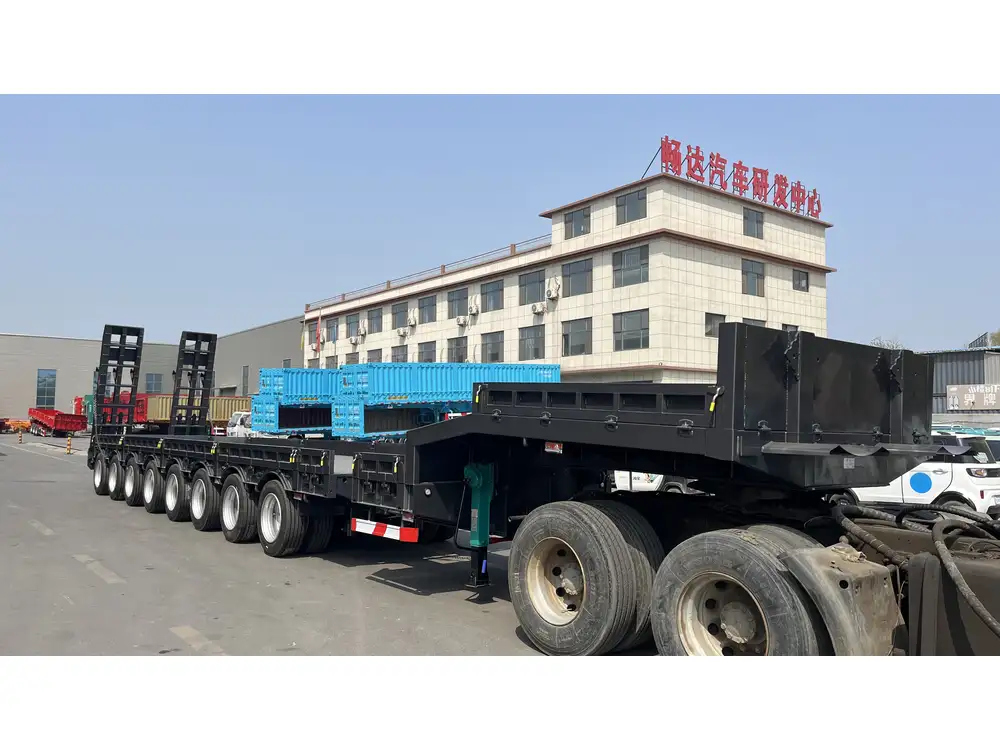
Uneven Weight Distribution
Challenge: Uneven weight distribution can cause imbalance, leading to handling difficulties and increased risk of accidents.
Solution: Carefully plan the load, placing heavier items towards the front and maintaining a balanced weight across the container.
Limited Space Utilization
Challenge: Inefficient use of container space results in wasted capacity and increased transportation costs.
Solution: Utilize space optimization techniques such as stacking, nesting, and strategic placement to maximize available space.
Cargo Movement During Transit
Challenge: Movement of cargo can cause damage or affect the container’s balance during transportation.
Solution: Secure all items using appropriate fastening methods and regularly inspect secured loads before departure.

Time Constraints
Challenge: Tight schedules may pressure teams, leading to rushed loading and increased error rates.
Solution: Implement efficient loading protocols, invest in suitable equipment, and ensure adequate staffing to adhere to timelines without compromising safety.
Utilizing CarMax Vehicle’s Trailers for Optimal Loading
At CarMax Vehicle, our high-quality trailers are designed to facilitate seamless container loading and transportation. Our range of trailers offers robust features tailored to meet diverse logistical needs.
Features of CarMax Trailers
| Feature | Description |
|---|---|
| High Load Capacity | Supports a wide range of container weights |
| Advanced Locking Systems | Ensures secure attachment of containers |
| Adjustable Tie-Down Points | Provides flexibility for various securing methods |
| Durable Construction | Built to withstand harsh transportation conditions |
| Easy Maneuverability | Facilitates precise positioning and alignment |
Benefits of Choosing CarMax Trailers:
- Reliability: Engineered for consistent performance under varying conditions.
- Safety: Incorporates advanced safety features to protect cargo and operators.
- Efficiency: Streamlined loading and unloading processes save time and reduce costs.
- Customization: Options available to tailor trailers to specific transportation requirements.
Investing in CarMax Trailers not only enhances your loading operations but also ensures the safe and efficient delivery of your cargo, reinforcing your commitment to quality and reliability in the logistics sector.

Frequently Asked Questions
1. What is the optimal weight distribution when loading a container on a truck?
Answer: The optimal weight distribution involves placing the heaviest items at the front and bottom of the container, evenly spreading the weight across both sides. This lowers the center of gravity, enhances stability, and prevents imbalance during transit.
2. How can I maximize space utilization in a container?
Answer: To maximize space, utilize stacking techniques, ensure items are nestable when possible, use efficient packaging, and arrange cargo to minimize voids. Employing pallet racking systems and using space-saving equipment can also enhance capacity.

3. What safety measures should be taken during the container loading process?
Answer: Essential safety measures include wearing appropriate PPE, conducting thorough container inspections, planning the load to ensure balanced weight distribution, securing cargo properly, and maintaining clear communication among the loading team to prevent accidents and ensure smooth operations.
4. How do CarMax Trailers improve the container loading process?
Answer: CarMax Trailers are designed with high load capacities, advanced locking systems, adjustable tie-down points, and durable construction. These features facilitate secure and efficient loading, reduce the time required for loading and unloading, and enhance overall transportation safety and reliability.
5. What are the common mistakes to avoid when loading a container on a truck?
Answer: Common mistakes include uneven weight distribution, overloading the container beyond its capacity, inadequate securing of cargo, neglecting container inspections, and poor planning of the loading sequence. Avoiding these errors ensures safer and more efficient transportation.
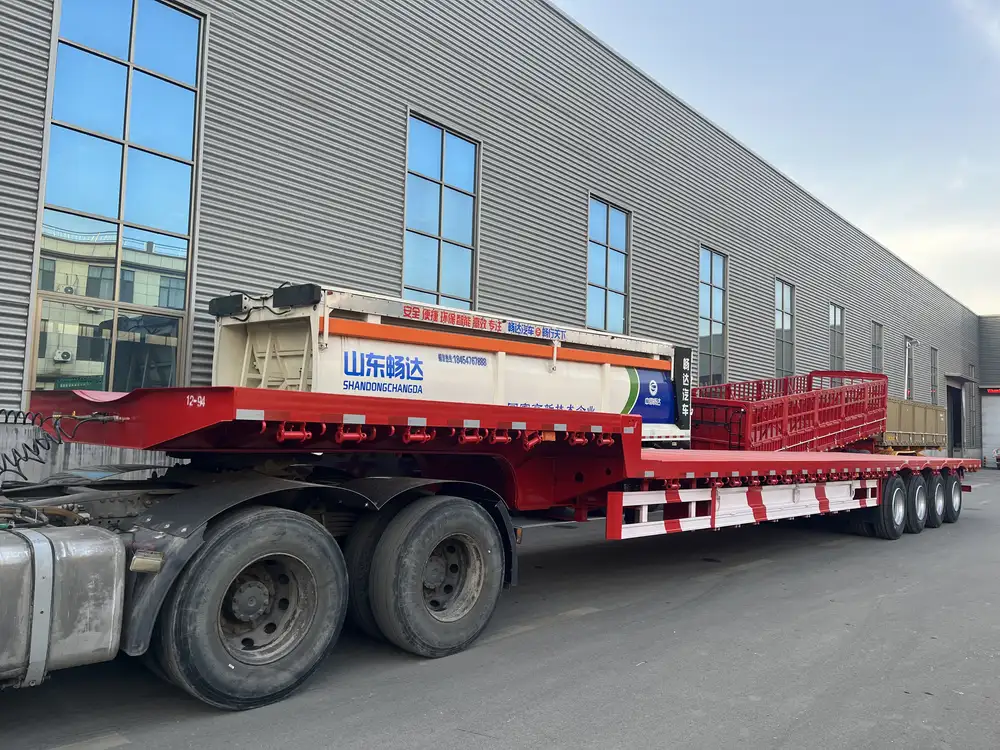
Conclusion
Loading a container onto a truck involves meticulous planning, adherence to safety protocols, and the use of appropriate equipment. At CarMax Vehicle, we are committed to providing you with the tools and knowledge necessary to optimize your loading processes. By following the strategies outlined in this guide, you can enhance the efficiency, safety, and reliability of your transportation operations.



